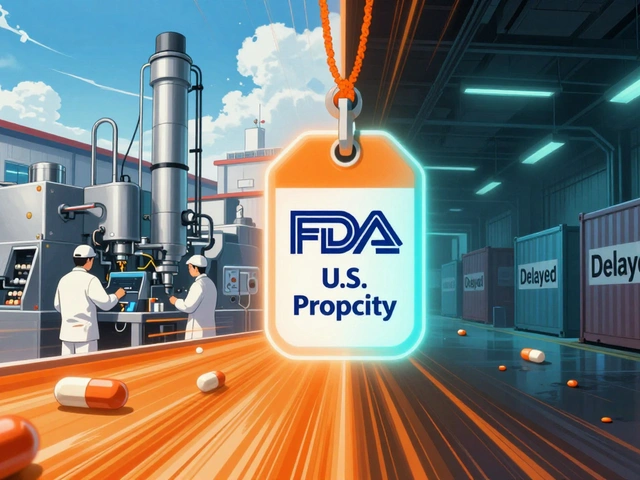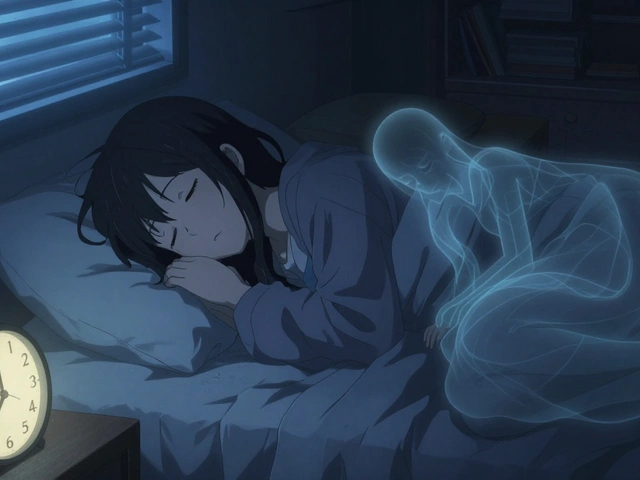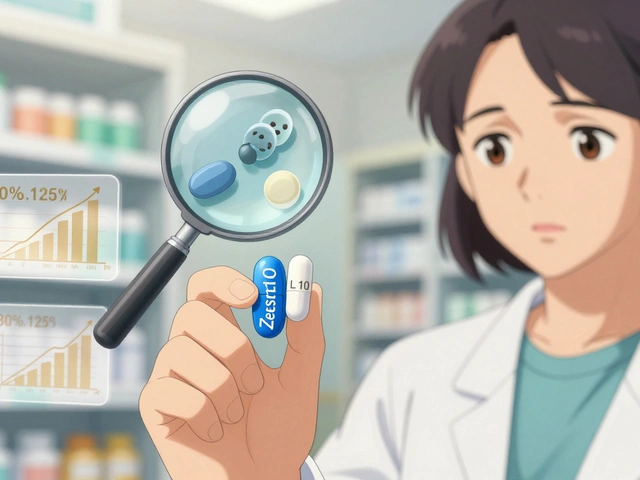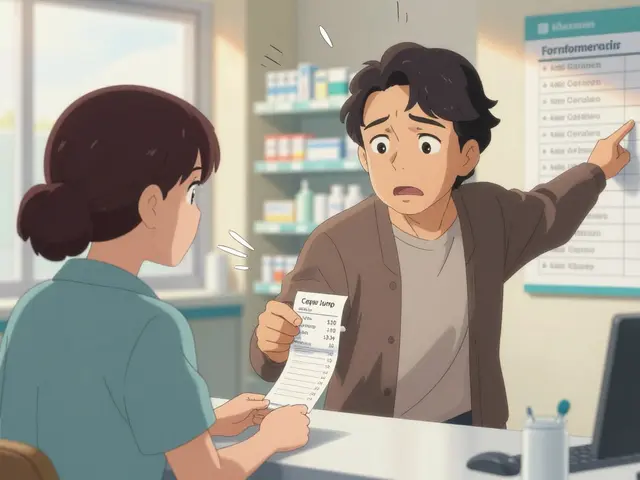Skin Hyperpigmentation: Causes, Treatments, and What Actually Works
When your skin makes too much melanin, you get skin hyperpigmentation, a condition where patches of skin become darker than the surrounding area due to excess melanin production. Also known as dark spots, it’s not just a cosmetic issue—it’s your skin’s reaction to injury, inflammation, or UV exposure. You might notice it after a pimple heals, after a sunburn, or even without any clear trigger. It’s common in people with darker skin tones, but it doesn’t care about your race or age—it just shows up when your skin feels threatened.
This isn’t one single problem. It’s a group of related issues. melasma, a type of hyperpigmentation often tied to hormones and sun exposure, commonly appears as symmetrical brown patches on the face. It’s why so many women get dark spots during pregnancy or while on birth control. Then there’s post-inflammatory hyperpigmentation, the dark marks left behind after acne, eczema, or even a scratch heals. And don’t forget sun spots—those flat, brown areas that show up on your hands and face after years in the sun. Each one has a different cause, and each needs a different approach.
Most over-the-counter creams won’t touch deep pigmentation. You need real ingredients: hydroquinone, azelaic acid, vitamin C, niacinamide, retinoids. Some work by blocking melanin production. Others speed up skin cell turnover to fade existing marks. But here’s the catch—none of them work without sunscreen. Daily SPF 30+ isn’t optional. If you skip it, even the best treatment will fail. You’re basically painting over the problem while letting the sun keep digging the hole deeper.
What you won’t find in drugstore ads? The truth that hyperpigmentation often takes months to fade. Quick fixes promise results in a week—they’re lying. Real progress shows up slowly, consistently. That’s why so many people give up too soon. And yes, some cases need professional help: chemical peels, laser treatments, or prescription-strength topicals. But even then, you’re still fighting the same enemy: excess melanin triggered by inflammation or UV light.
What you’ll find in the posts below are real, no-fluff guides on how to tackle this. From how isotretinoin affects skin tone after acne to how certain blood pressure meds might worsen discoloration, these articles cut through the noise. You’ll see what actually works, what’s a waste of money, and how to avoid making your hyperpigmentation worse while trying to fix it. No hype. Just facts you can use tomorrow.
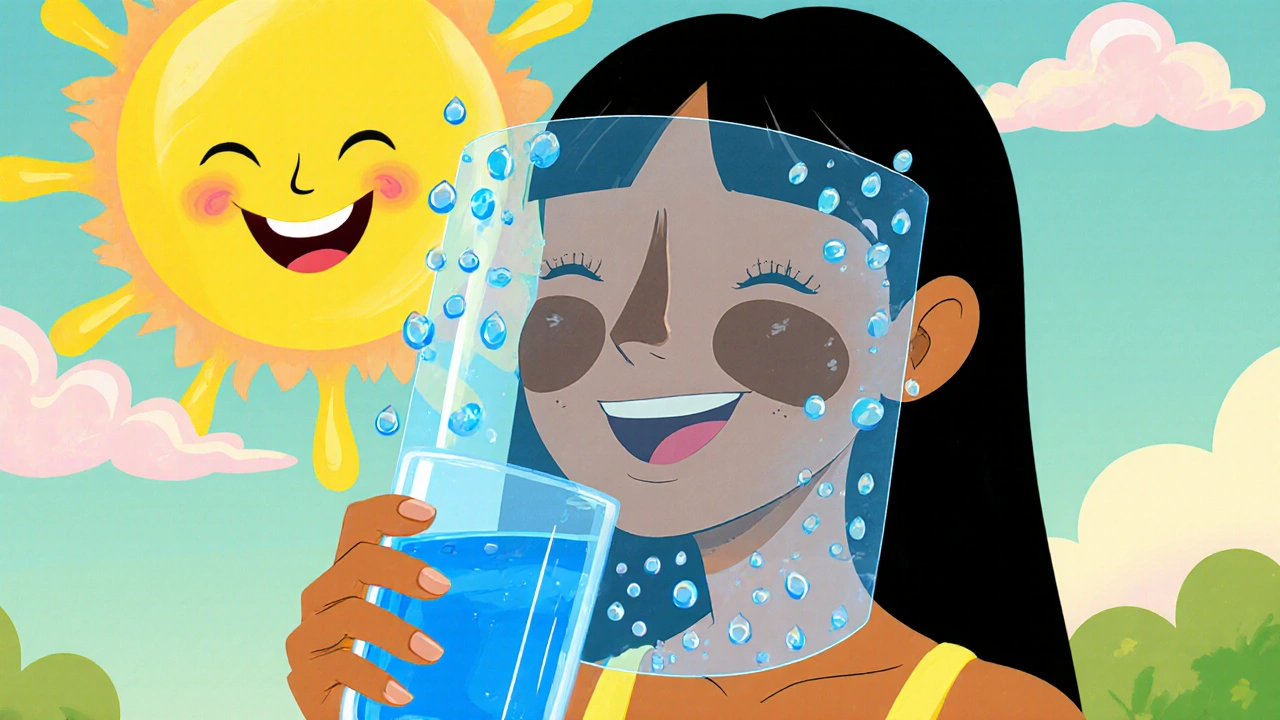
Hydration’s Critical Role in Preventing and Treating Chloasma
Learn how proper hydration can prevent and lighten chloasma, the skin hyperpigmentation condition, with practical tips, foods, and skincare routines.

